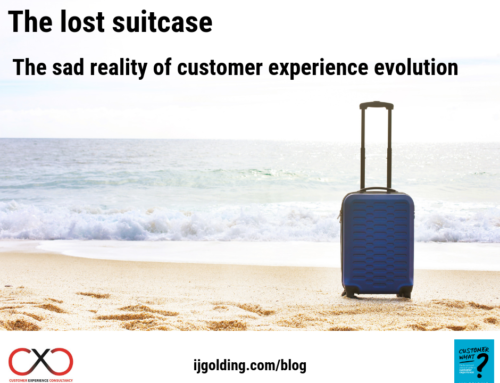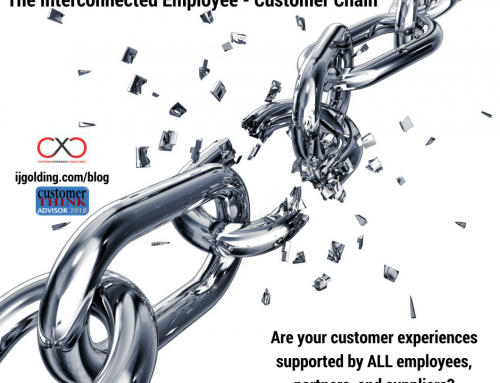
Every now and then, articles in the news catch my eye – usually because they have an undoubtable link to the world of customer experience. Whilst I like to think that I have an opinion on most things, there are times when I feel that others are more qualified to talk about certain topics than me. This is one of those occasions. Mark McArthur-Christie is a very intelligent man, who is helping organisations communicate better with customers. When I saw an article that was dedicated to the subject of ‘the small print’, I immediately thought he would be the perfect subject matter expert to pass comment – I hope you enjoy reading his thoughts as much as I have…..

According to the Beeb (http://www.bbc.co.uk/news/business-27109000), car insurance small print is ‘longer than a novel’ and consumers hate it.
Apparently, a set of Endsleigh’s policy documents managed to run to 37,674 words. To give a little context and perspective (something the authors perhaps lacked), there are just 4,500 in Magna Carta, 2,106 in the Universal Declaration of Human Rights and a mere 1,321 in the Declaration of Independence.
It’s not intentional. Despite what customers think, no-one sits down with the aim of making the material they send customers impenetrable. It’s because of two simple reasons:
- First, the industry tends to assume that customers know more than they do about the principles behind the products they buy.
- Second, there’s a tendency to undervalue everyday, functional, process-driven customer communication. Stuff like statements, policy docs, renewal notices and admin emails.
But this material has a huge impact. It’s the stuff that generates completely unnecessary query calls, complaints and questions. And sorting those out costs firms serious money.
Sure, some firms have realised just how much they can save by communicating in a way customers can understand. But the rump of the industry still hasn’t tackled it. Thing is, times have changed. And with them, so has the balance of power in the FS firm – client relationship.
Things are changing
In the bad old days, it was all about maximising income from charges, hidden in nefarious things like “capital units”. Who cared if the client didn’t understand? What were they going to do about it? After all, it was only those of us on the inside who had access to the real figures in the Money Marketing tables.
Financial services firms need to walk in the customers’ shoes
Things are very different now. Consumers have access to tools that, even ten years ago, industry insiders would have killed for. They can get information, interpretation and apparently independent advice at the tip of a mouse. At the same time, consumers can drag you into the social media arena and beat you senseless – very publicly and embarrassingly indeed – with your own Ts&Cs.
The industry really needs to start spinning up its communication turbines and begin educating financial consumers with every single communication they send out. That means four things:
- You’re a specialist talking to a non-specialist; it’s your responsibility to use that specialism to help and guide the consumer. So produce communications that start where the consumer is, not where the industry is . Ask what the consumer wants to know and tell them clearly and simply.
- Don’t just give people the basics they need for a transaction; give them context as well as content and they’ll start to see the relevance of products as part of a comprehensive portfolio. Realise that educated consumers are likely to favour the business that educates them and buy more, stay loyal, ask fewer questions and complain less.
- Consumers are interested in money. Very interested indeed; because it’s their security for the future. That means there’s an emotional aspect to financial communication. So if you’re changing rates or Ts and Cs, realise the emotional impact that will have and reflect it in the way you communicate.
- It’s the little things that matter. Even the smallest things have a big impact. Call a price rise a ‘price change’, and with that twitch of the weasel word’s whiskers, your client starts trusting you that little bit less.
Consumers are looking for information, guidance and help with every purchase. That’s good news – because it means you’ve got the opportunity to use every communication you produce, from statements to renewal notices to administrative material – to really educate and inform.
Consumers are struggling to trust financial services at the moment. This is just one of the ways the industry can start to win them back.
Mark is Managing Director of customer experience consultancy Rubuss – http://www.rubuss.com. You can reach him at mark@rubuss.com or 07775 856154. You can also follow him on twitter @markchristie






Leave A Comment